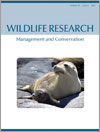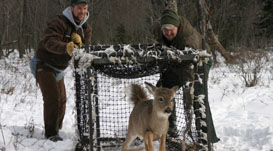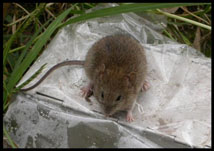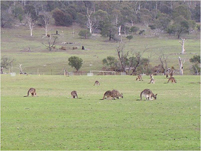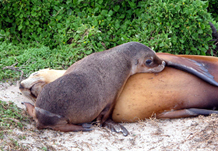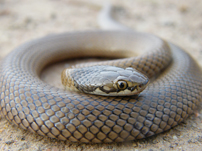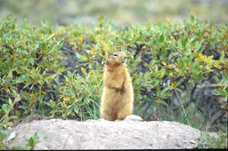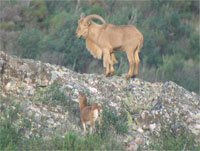WR11121 Why 0.02%? A review of the basis for current practice in aerial 1080 baiting for rabbits in New Zealand
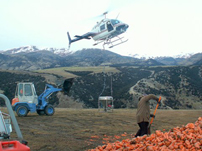
Aerial 1080 baiting practices for rabbit control in New Zealand could use less bait if stricter controls are set to ensure uniform bait sizes, and if 1080 concentrations are increased beyond the current 0.02% recommendation. Aerial 1080 practices for rabbit control have changed little over recent decades. By reviewing techniques and conducting new research, we conclude that current practices could be improved in line with the continual refinements that have been made in possum control. Photograph by Dave Latham, Landcare Research.


